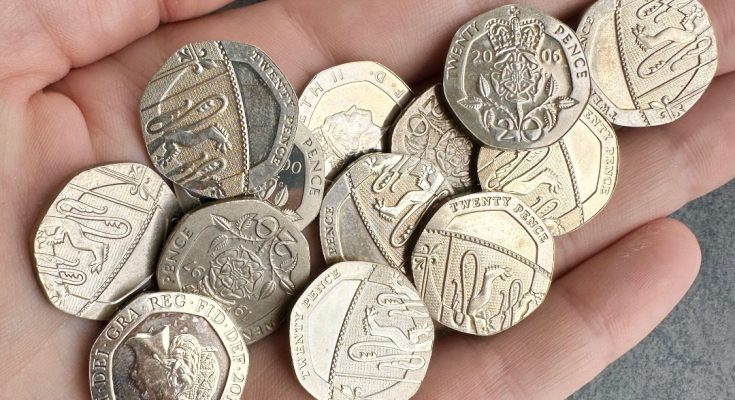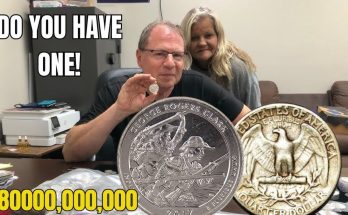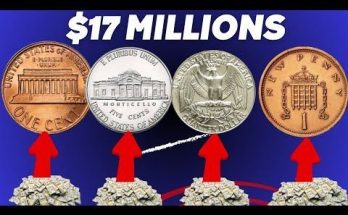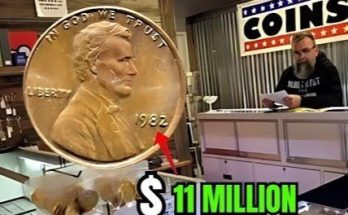
Online sellers have set prices sky high, with one seller asking for an astonishing £10m for the coin! However, although these chancers are unlikely to see their coin actually selling for that price, some people have been willing to pay in the thousands for the chance to own one of these rare coins.
The story so far
In 2008, the reverse of each denomination from 1p to £1 was redesigned by Matthew Dent to feature a different part of the Royal Arms Shield. The 20p had previously included the date on the reverse, but with the entire face of the coin now devoted to the new design, the Royal Mint produced a new die with the date on the obverse (Queen’s head) side.
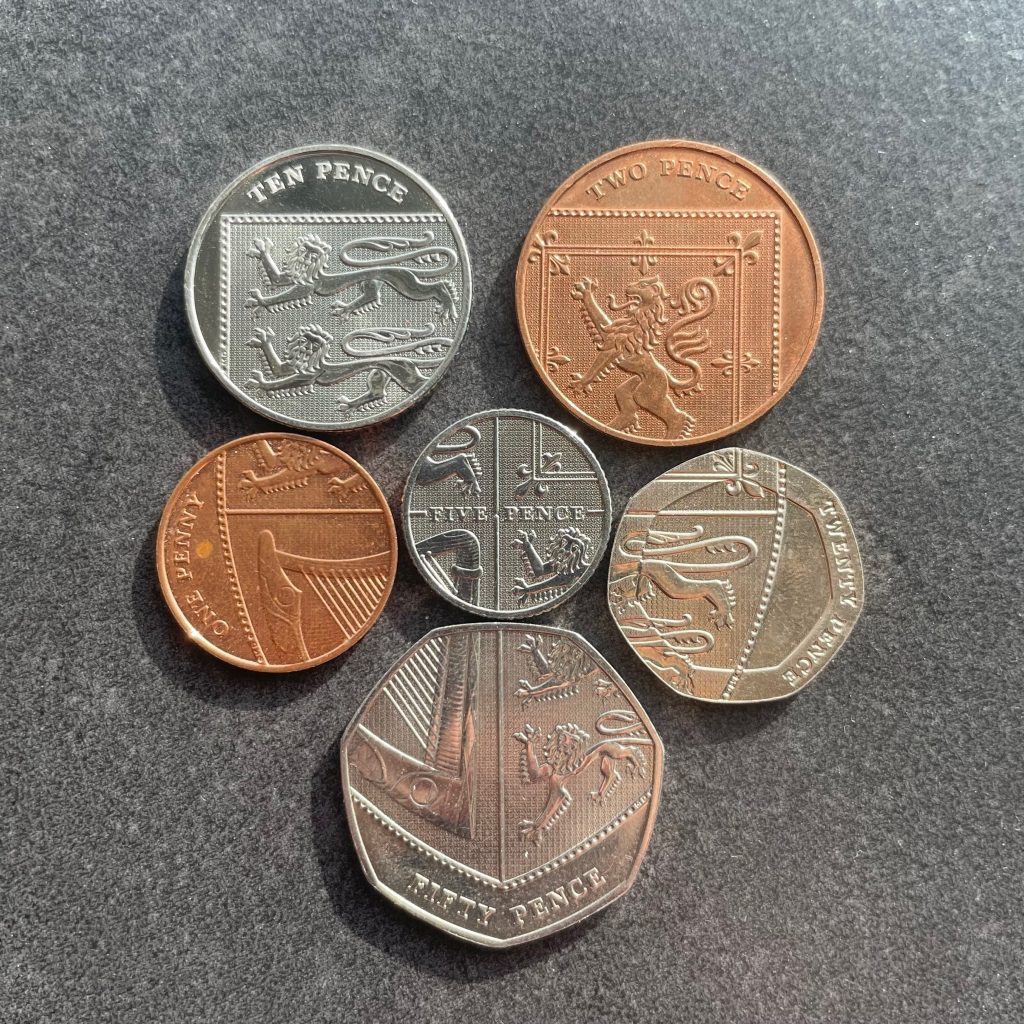
However, when the new Royal Shield 20p coins were struck for circulation, the old die was accidentally used, meaning a batch was issued with no date on either side of the coin!
Coins with mismatched sides like these are known in the collecting world as ‘mules’ – the name deriving from the hybrid offspring of a horse and a donkey. Mule coins are always highly coveted, but they rarely receive the kind of mainstream media attention afforded to the undated 20p.

The first of its kind in 300 years
The undated 20p became the first coin in over 300 years to enter circulation without a date, and when the story broke in the press, it caused a frenzy not just in the collecting world but amongst the general public, who realised they stood just as good a chance as anyone of pulling one out of their change.
Estimates have varied over the years but The Royal Mint confirmed in a statement that no more than 250,000 coins made it into circulation.

Stories from numerous media outlets fuelled rumours about the coin’s value. Experts suggest that the faulty 20ps could be worth £50 each, however sellers on eBay listed the coins for thousands, with one lucky seller fetching a colossal £7,100 – 35,500 times face value!
Of course, a coin with such a high mintage could never really be worth that sort of figure, and in recent years, the average selling price for an undated 20p has levelled off. Nowadays, they normally sell for around the £50-£60 mark which I’m sure you’ll agree is still not a bad return for a 20p coin!

Check out our eBay Tracker to see how much the undated 20p has been selling for in recent years >>
In terms of rarity, you are approximately twice as likely to find an undated 20p as you are the famous Kew Gardens 50p. However, ordinarily an undated 20p will sell for more. But why?
The reason quite simply is that everyone loves a good story.
The fact that the coin only exists by way of a freak accident really adds to its appeal, and makes it a collector’s item in every sense of the term. So remember to have a good look at your 20p next time you’ve got one in your hand as it could be worth a lot more than you thought!
If you’re interested in coin collecting, our Change Checker web app is completely free to use and allows users to:

– Find and identify the coins in their pocket
– Collect and track the coins they have
– Swap their spare coins with other Change Checkers
